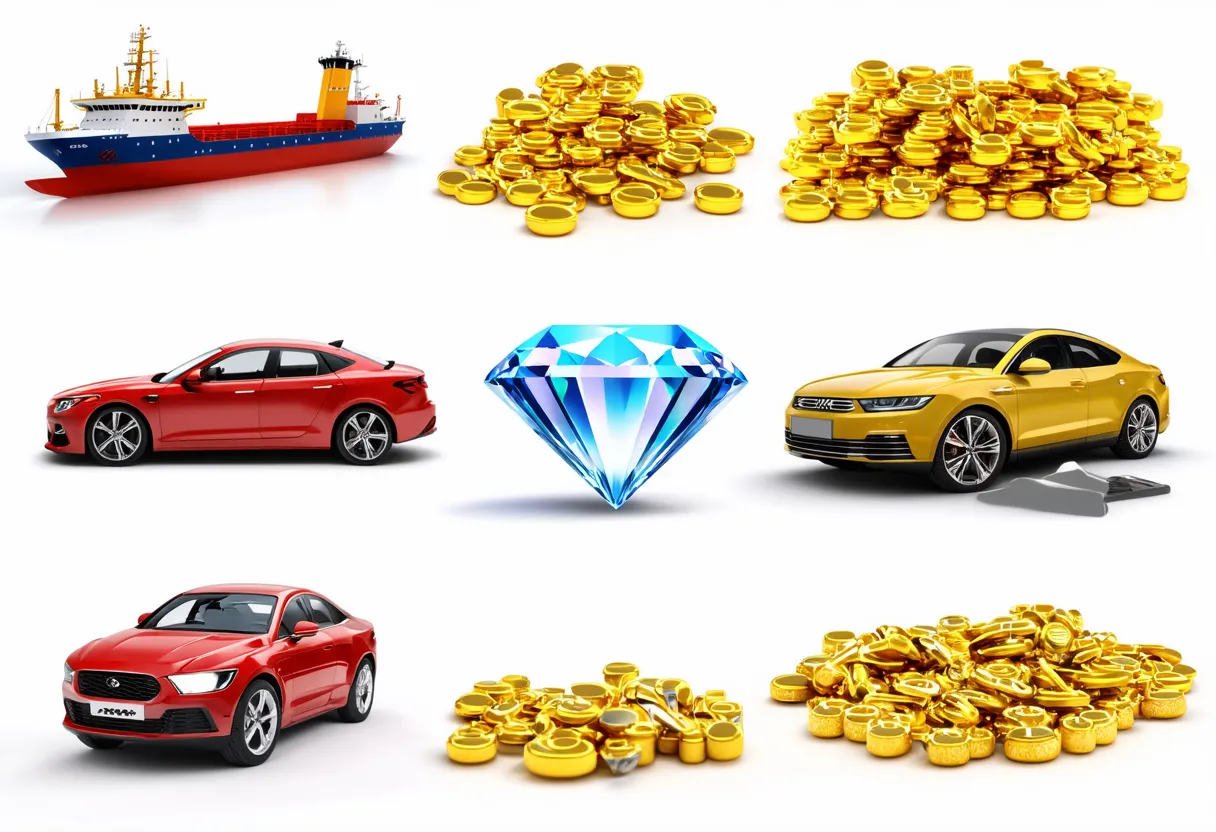Cayman Islands, with a population of 68,706, is ranked 180th in population size, just behind Dominica. Located in the Caribbean, it covers 264 sq. km, ranking 181st in area, slightly smaller than the Maldives.
The Cayman Islands, with a GDP of 6,844,827,379.31 USD in 2022, holds the 150th rank globally. It follows Liechtenstein, which has a GDP of 6,872,000,000 USD. In terms of GDP per capita, the Cayman Islands ranks 6th with 99,624.89 USD in 2022. It is surpassed by Ireland, with a GDP per capita of 103,983.29 USD.
The Cayman Islands’ economy is heavily reliant on tourism, financial services, and offshore banking, contributing significantly to its economic prosperity. The stable financial sector and attractive tax policies have positioned the country as a leading offshore financial center in the Caribbean region.
What are the economic activities of Cayman Islands?
- Primary activities: 0.3% of GDP.
- Secondary activities: 7.4% of GDP.
- Tertiary activities: 92.3% of GDP.

Primary Sector of Cayman Islands
The primary sector in the Cayman Islands, particularly agriculture, plays a minor role due to limited arable land and a focus on tourism and financial services. With only 11.25% of land suitable for farming, the country produces a variety of agricultural products such as vegetables, fruit, livestock, and even engages in turtle farming.
Despite contributing only 0.3% to the GDP, agriculture remains significant for food security and cultural heritage. The diverse range of crops and animal products highlights the importance of the agricultural sector in preserving local traditions and supporting the community.
The Cayman Islands’ geological diversity, with its coastal and marine environments, greatly influences its natural resources. The primary sector thrives on abundant fish stocks, supported by a favorable climate and stunning beaches that drive tourism, contributing significantly to the economy.
Secondary Sector of Cayman Islands
What is the secondary sector or what are secondary activities?
The secondary sector involves industries that transform raw materials into finished products for consumption. In the Cayman Islands, main industrial products include construction services, construction materials, and furniture manufacturing for domestic use and export.
In 2023, the Cayman Islands’ manufactures exports accounted for only a small percentage of the total exports, indicating their relatively minor importance in driving the country’s economy.
Tertiary sector of Cayman Islands
What is the tertiary sector or what are tertiary activities?
The tertiary sector in the Cayman Islands encompasses a range of services where individuals provide knowledge and time to enhance productivity and meet needs. Key activities in the country’s tertiary sector include healthcare and medical care, banking and finance, tourism and hospitality, telecommunications, transportation and logistics, and security and protection. These services play a vital role in supporting the economy and meeting the diverse needs of both consumers and businesses in the Cayman Islands.
In particular, The Cayman Islands’ economy heavily relies on tourism, with an impressive 2,334,000 annual arrivals, surpassing its population over 33 times. The country’s pristine beaches and renowned dive sites, like Seven Mile Beach and Stingray City, attract visitors worldwide, making tourism a vital economic pillar.
Another example of tertiary economic activity is the mobile cellular sector, with around 100,000 subscriptions, equating to 147 per 100 inhabitants. This connectivity fosters technological growth, enhancing business efficiency and innovation.
Biggest company in Cayman Islands
Which is the biggest company in the Cayman Islands? The largest is Nu Holdings, valued at approximately $30.79 billion. It operates in the IT Software and Services industry, part of the tertiary economic sector. Nu Holdings was founded in 2016, focusing on innovative financial solutions.
International Trade of Cayman Islands
Import Activities of Cayman Islands

The import activities of the Cayman Islands are of high importance, accounting for 32.43% of GDP in 2023, totaling $2.22 billion.
The Cayman Islands primarily import ships, refined petroleum, diamonds, cars, and gold. Its key import partners are the US (47%), Italy (19%), Turkey (7%), Germany (6%), and Switzerland (4%).
Exports Activities of Cayman Islands

Export activities in the Cayman Islands are of low importance, accounting for only 10.77% of the GDP in 2023. Despite total exports reaching $737 million, diversifying the economy beyond this sector may be crucial for sustainable growth.
The Cayman Islands primarily export ships, aircraft, refined petroleum, natural gas, and broadcasting equipment. Its top export partners are Malta (30%), Norway (22%), Seychelles (16%), Grenada (8%), and the US (5%).
Cayman Islands economy challenges in 2024
In 2024, the Cayman Islands faces challenges in balancing its offshore banking dominance with combating tax evasion and money laundering. With a heavy reliance on the services sector and tourism, the country lacks a welfare system despite its high standard of living. Maintaining economic stability while addressing these issues remains a priority.




Leave a Reply